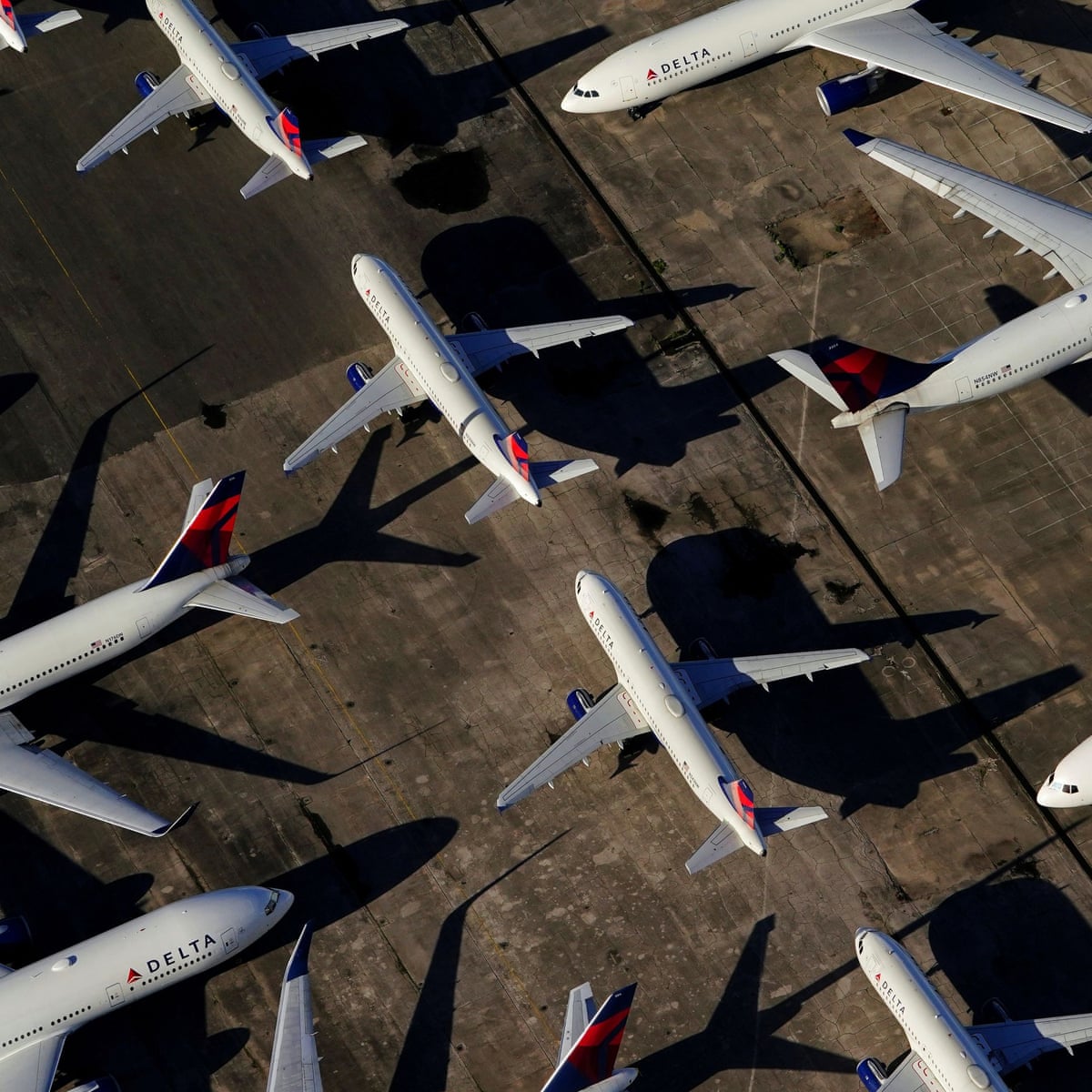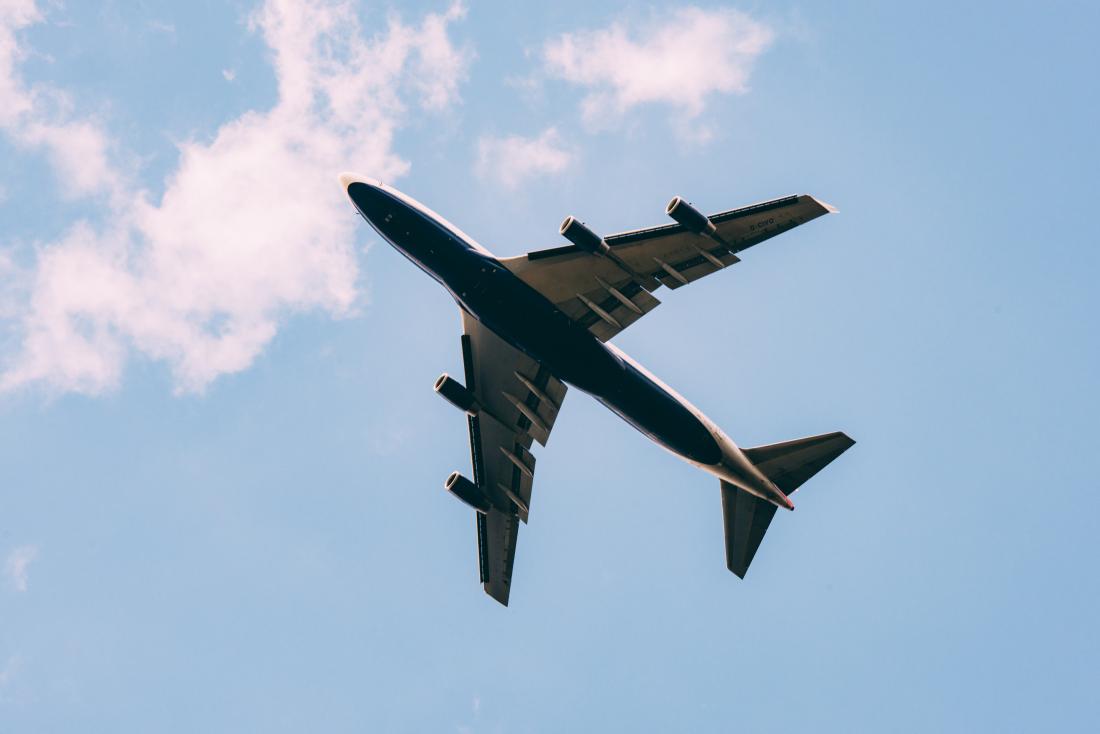Airplane Fly - Transportation technology has advanced tenfold in the past few decades, but why don't airplanes fly faster? Turns out you have some good reasons why
You want your commercial flight to be supersonic - turbulence, energy costs and ticket prices can all be affected by the speed of your flight. Let's see why your commercial flight is running normally.
Airplane Fly

Easily become an airline or commercial pilot online! Courses designed by industry experts can help you pass your FAA tests and take to the skies!
What Is The Safest Airplane To Fly?
When it comes to aerodynamics, there are many factors that affect the speed of an aircraft. In summary, there are three important components of airspeed.
The speed of an aircraft, known as airspeed, is usually measured in four different ways. No matter which type you use, all airspeed is presented in knots.
Like cars, airplanes have speed limits in certain areas. While today's commercial jets won't take you across the Atlantic Ocean in less than a few hours, most large jets travel at decent speeds.
As with any other vehicle, your speed largely determines which maneuvers you can perform. Certain speeds are absolutely necessary for the aircraft to make a safe ground-to-air transition.
Why You Should Meditate On A Plane (and How To Do It)
The average speed of a commercial airplane in flight is between 160 and 180 miles per hour (140 and 156 knots).
For most commercial aircraft, the aircraft's cruising speed ranges from 550 to 600 miles per hour (478 to 521 knots).
Landing speed is largely influenced by the current weight of the aircraft, commercial aircraft typically land between 130 and 160 miles per hour (112 to 156 knots).

Private jets can fly 400 to 700 miles (348 to 608 knots), just like commercial jets. Given their small size, they generally cannot fly as well as their larger counterparts due to fuel storage limitations. But only a few ultra-long-range aircraft can fly more than 8,000 miles, or 6,952 nautical miles.
Airplanes Could Save Fuel, Time And Emissions By Better Surfing The Wind
Military aviation is as diverse as the rest of the industry. Military aircraft are designed for specific purposes such as surveillance, attack or cargo transport. Rather than listing the top speed of each military aircraft, here are some examples from different categories:
Single-engine aircraft such as the Cessna 172 fly much slower than commercial aircraft. For a typical single-engine aircraft, you will be able to fly at a speed of 140 mph (122 knots). However, more advanced single-engine aircraft such as the Pilatus PC-12 NGX have a top speed of 334 mph (290 knots).
Although commercial aircraft are heavy and large, they can reach high speeds over long distances. While no aircraft is exactly the same, physical limitations keep most aircraft on the same playing field.
Outside of commercial aviation, various aircraft contribute to various high speeds, from the relatively slow Cessna 172 to the supersonic F-22. However you fly, make sure you land with FLYING Magazine. If you've ever wondered how planes fly so high and why they need to maintain cruising altitude, you've come to the right place!
The Possibility Of Self Flying Planes
If you are a frequent traveler, you may find it difficult to focus on the routine phases of the flight. The plane takes off, then takes off in the first 15-20 minutes of the flight. Once the plane reaches cruising altitude, the flight attendants start circling and the pilot can announce that you're free to move around the cabin (although you still have to put your phone in airplane mode). As soon as the descent begins, it's time to fasten our seat belts in anticipation of landing. During the time between takeoff and landing, the plane flies at a constant altitude. But how high do planes fly? And why should we stay at a certain height? If you've asked yourself these questions during those long hours spent staring at that little round window, we have the answer to this burning airplane trivia!
The flight altitude of a commercial aircraft depends on the size of the aircraft. But in general, most commercial passenger planes fly between 32,000 and 40,000 feet, or six to seven and a half miles above the ground. Turboprop planes, small planes that usually carry a few passengers rather than hundreds, fly about 25,000 to 30,000 feet lower. However, since these propeller planes are often used for short-haul flights, once they reach a higher altitude, they can stick to a lower altitude because it is time to start descending.
Remember the story of Icarus from Greek mythology who flew too close to the sun and died when his wings melted? There is no risk of a crash if passenger jets fly too high, but there are cabin pressure and oxygen concerns that dictate they stay below a certain altitude. Airbus A-320/321 captain and retired USAF F-15 pilot Theodore Kyrazis explains in non-aviation terms:

Commercial airlines need to be as efficient as possible to make money—and not just by in-flight Wi-Fi charging. This makes fuel consumption one of the most important factors in high-altitude aircraft. The short answer, according to Kyrazis, is that turbojets use less fuel when air density is reduced. There are some fancy calculations, but basically the speed and angle at which the aircraft climbs is determined by weather conditions and the size of the aircraft; larger planes weigh more, in part because they carry so much fuel to burn during takeoff.
Electric Planes Are Coming Sooner Than You Think
According to Kyrazis, one hour of climbing can use 10,000 pounds of fuel. And get this: "If a major airline saved just one gallon of fuel per flight for one year, the cost savings per lunch would be over $15 million!"
The higher a plane flies, the faster it can fly—to a point. "The less dense air at higher altitudes means that the actual speed at which the aircraft is traveling on the ground, the airspeed of the aircraft, is faster than what the pilots see in the cockpit," says Kyrazis. This means that the plane also has a good time with the instrument display. But the downside is that extremely cold temperatures will slow the plane down. To balance this, pilots find a happy medium between high altitude with fuel efficiency and the slowing effect of sub-zero temperatures. In case you're wondering, that's not why airplanes are so cold.
No one likes to experience turbulence during a flight, but it most often occurs during takeoff and landing. "A lot of turbulence associated with weather systems can rise above 35,000 feet," Kyrazis says. The exception, he says, are thunderstorms that can reach 50,000 feet into the atmosphere. When this happens, the plane must go through or around the storm.
For all the horrible things that can happen if a plane flies too high, flying too low can be just as dangerous. In addition to flying through low-lying bad weather systems, there is more general aviation traffic at low altitudes, including small commercial and private aircraft.
Soon We'll Actually Know Where Planes Are As They Fly Over The Ocean
Another major danger of flying at low altitude? Avoiding encores. "Most two-strokes happen between landing and takeoff," says Kyrazis. This includes 2009's "Miracle on the Hudson" and the heroic landing of Captain "Sully" Sullenberger. Flying above 10,000 feet greatly reduces the risk of a bi-aircraft encounter.
Elizabeth Heath is a travel and lifestyle writer based in Italy. He has written about travel and sustainability in national and international publications and is the author of several guides. She writes about pets (especially dogs!), books, seasonal gift guides, home improvement, and outdoor living for FamilyHandyman.com and its sister publication.
As we strive to provide a web experience for browsers that support new web standards and security practices, we no longer support IE (Internet Explorer). More than 42,000 planes take off in the US every day, and 5,000 of them are in the sky at any given moment. This was announced by the Federal Aviation Administration. Coordinating multiple takeoffs, landings, and takeoffs without collisions requires masterful planning, especially when it comes to how high the planes fly.

Due to several factors such as the type of aircraft, the distance to the destination, the type of engine they have, the strength of the wind and the weight of the aircraft, it turns out that the aircraft must stay within a certain altitude during flight. .
World War Ii Planes Can Still Fly, But Who Will Keep Them Flying?
One of the reasons airplanes fly above the clouds is that they can fly fast. According to Ryan Jorgenson, an aviation data analyst, the higher planes climb, the thinner the air becomes and they can fly more efficiently because there is less drag in the atmosphere.
"When these larger aircraft take off from airports, basically the first thing they do is get out of the air and get up as quickly as possible," says Adam Beckman, professor of aviation studies at Ohio State University.
Commercial airplanes typically fly between 31,000 and 38,000 feet—about 5.9 to 7.2 miles
Vintage airplane blanket, best airplane blanket, airplane travel blanket, airplane blanket material, crochet airplane blanket pattern, travel blanket for airplane, airplane crochet blanket, airplane milestone blanket, airplane throw blanket, airplane blanket size, best travel blanket for airplane, airplane blanket and pillow